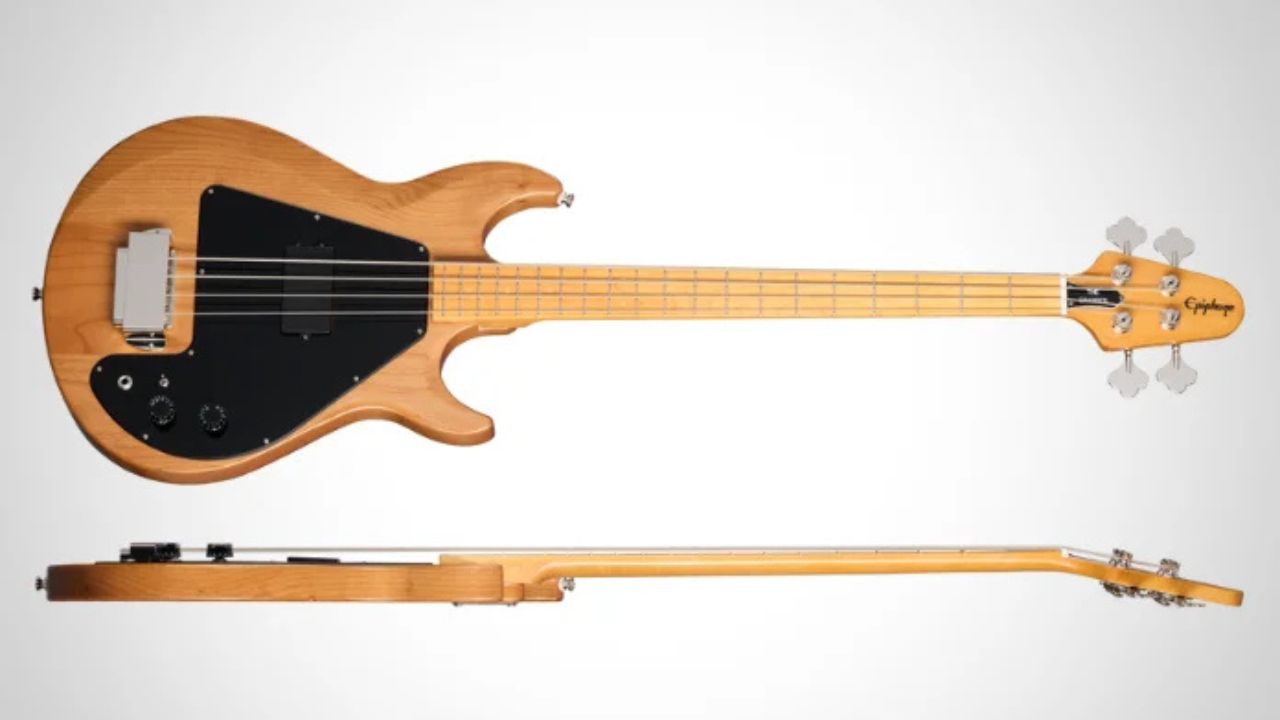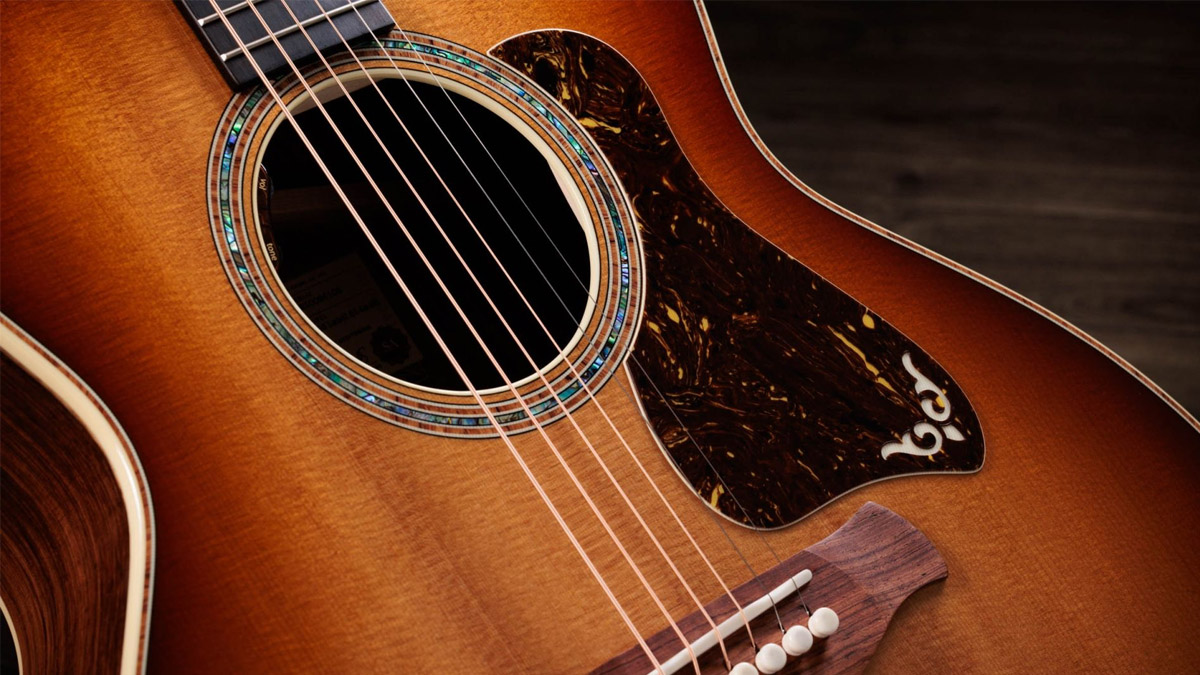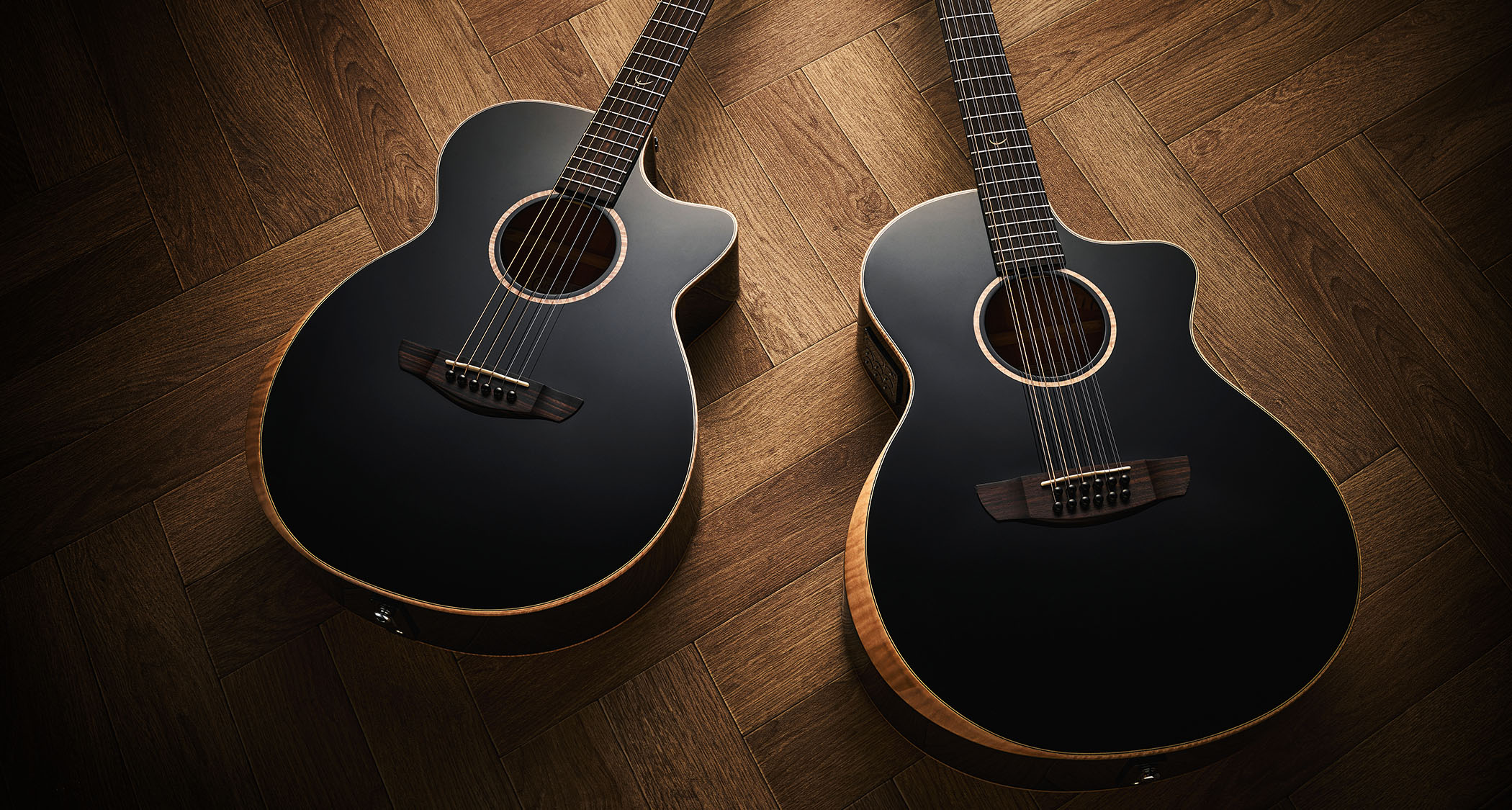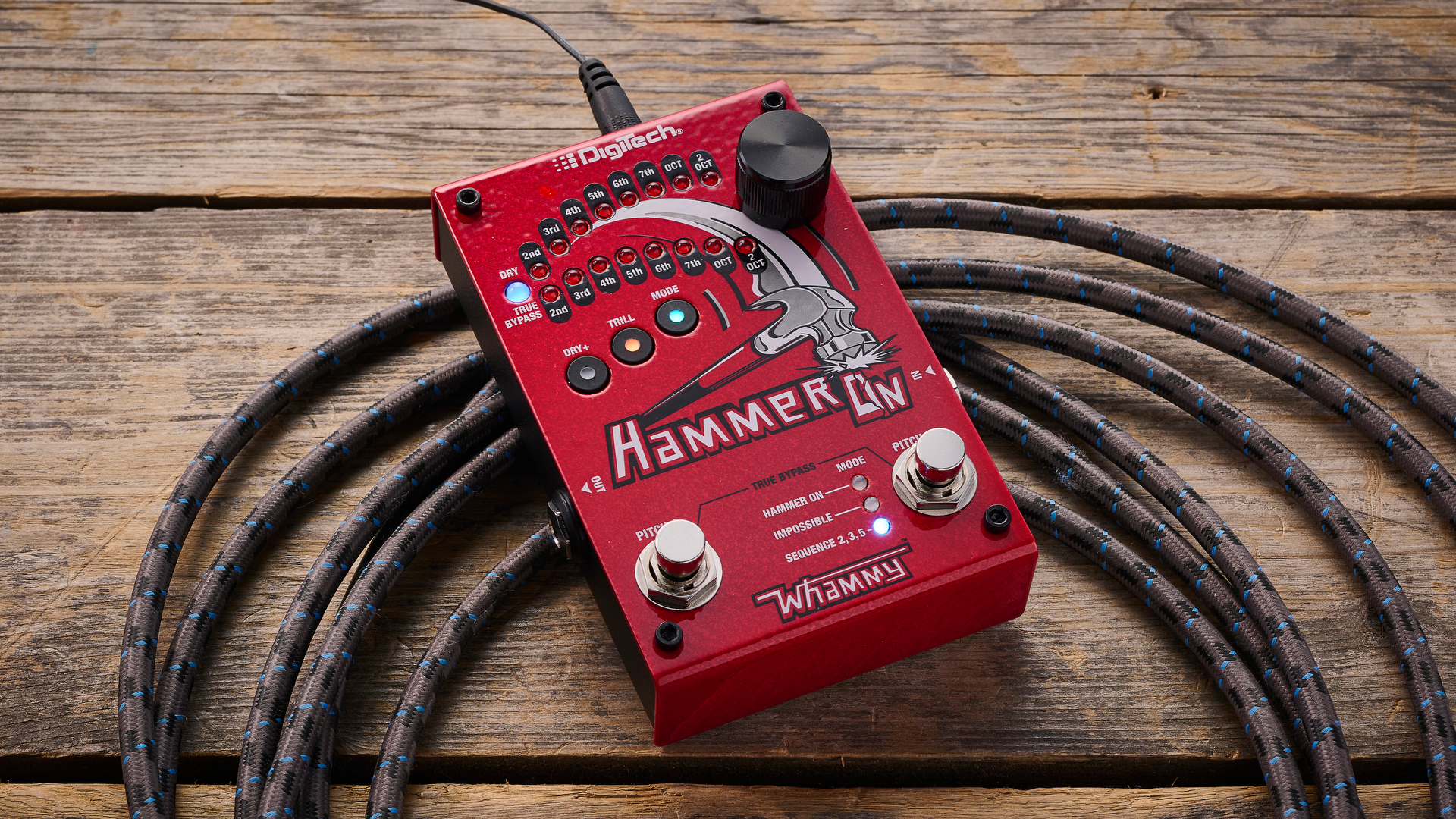Guitar World Verdict
A great-looking and very playable bass guitar. How can you fail to warm to the Grabber when it’s been such an integral part of the bass world?
Pros
- +
Great price.
- +
Excellent playability.
- +
Cool ‘70s vibe.
Cons
- -
Grabber devotees will miss the slidable pickup.
- -
A little neck heavy.
You can trust Guitar World
What is it?
Show us a bassist who doesn’t have at least a little bit of affection for the original Gibson Grabber and we’ll show you a bassist without a heart. The choice of axe for Gene Simmons, Krist Novoselic and Mike Dirnt among others, it’s one of the wonders of the bass world.
The latest version from Gibson’s more affordable off-shoot Epiphone looks to offer the same timeless look and feel at a more wallet-friendly price tag, but can it compete in terms of tone?
There is no escaping the appeal of the classic Grabber design, which for many remains unrivalled in its mix of functional simplicity and rugged elegance.
The fact that this latest model is built in China might raise a few eyebrows, but the truth is that a guitar's country of origin is no longer the yardstick of quality that it once was – the Epiphone Grabber has been put together very nicely.
Epiphone Grabber Bass: Playability and sounds
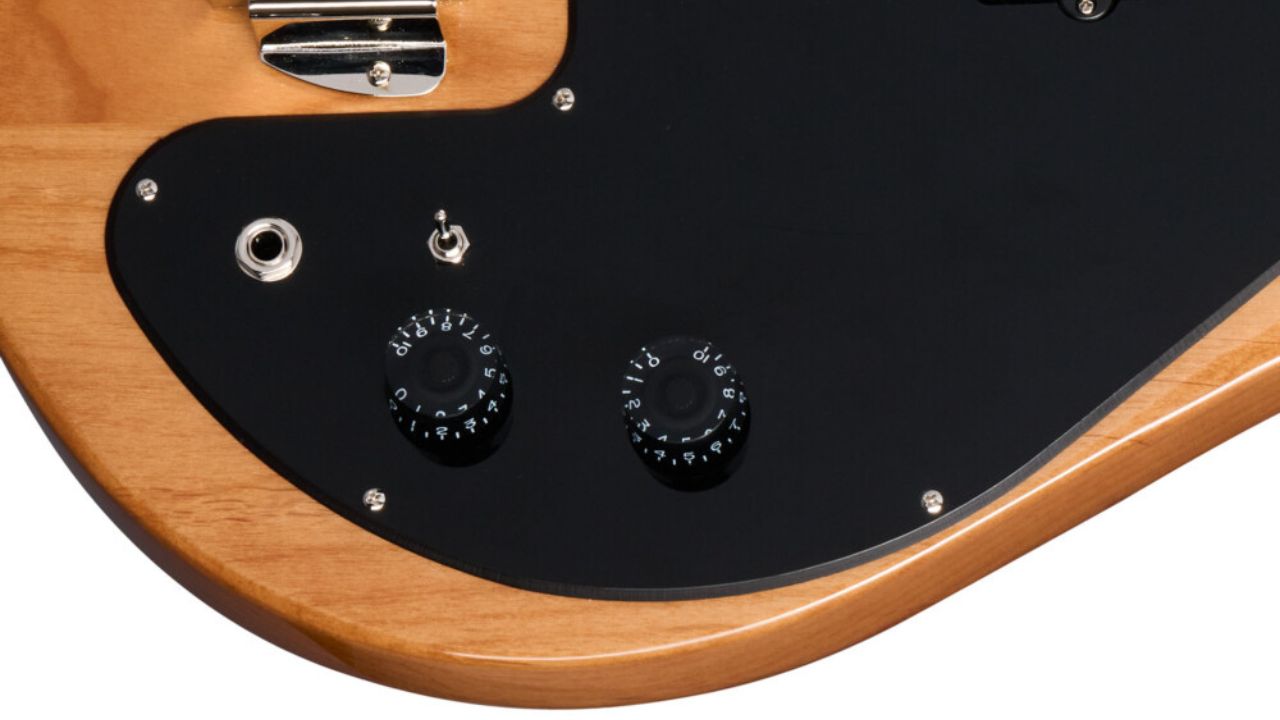
The alder body comes equipped with a maple neck and fingerboard, with a 34-inch scale length and 20 frets. With its lightweight build and thin body profile, the headstock does tend to drop the second you let go of the neck, but I must confess that I'm quite smitten with the way this bass plays.
I'm reminded that Gene Simmons used a Grabber for a reason – because they play like nothing else on earth.
The original Grabber Simmons played boasted a slidable pickup that could be ‘grabbed’ and moved up and down the body for extra treble and bass as required. Devotees, and there are many, swore by this cunning device.
Sadly, the Epiphone Grabber doesn’t have this feature. Instead, there’s a mini switch for coil-splitting the single humbucker, as well as the standard master volume and tone controls.
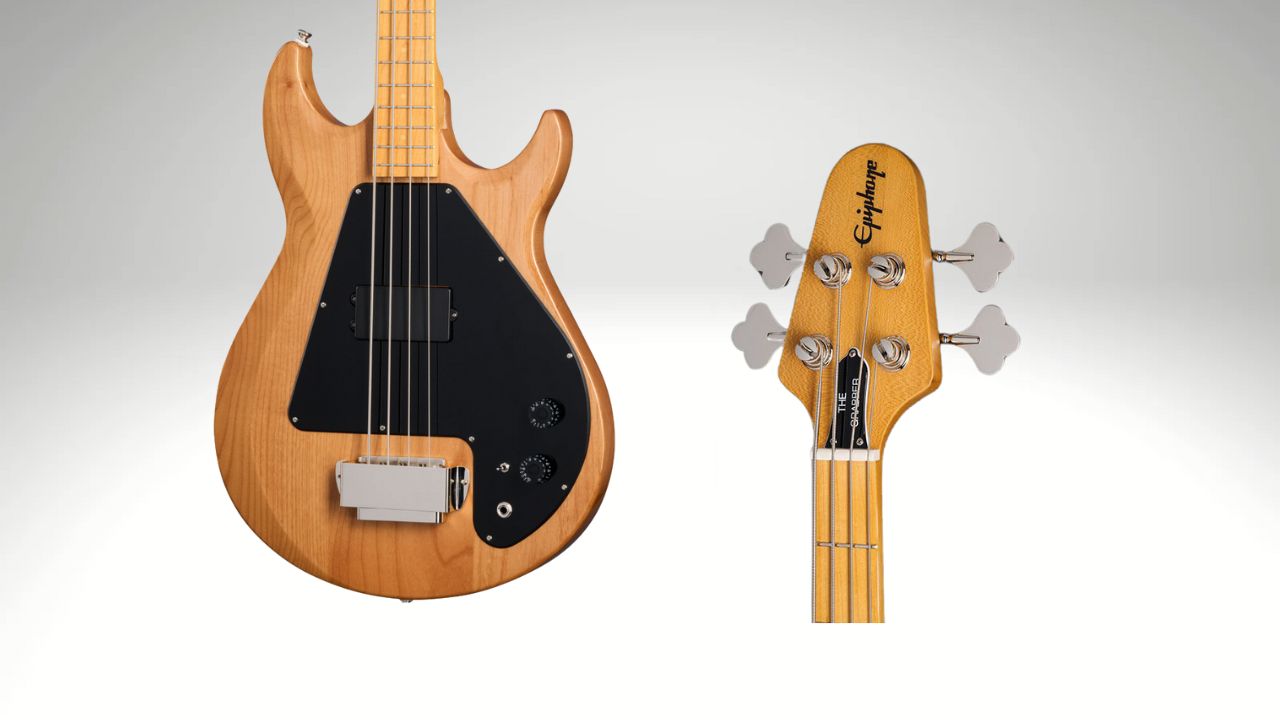
With its low action and slim neck profile, the Epiphone Grabber is immediately inviting to play
The bridge is fitted with a nickel cover and though there’s less scope for intonation adjustment here, it feels like a solid design. The clover tuners have a smooth and positive action, while the strings pass smoothly across a bone nut. The factory setup is very good, which is always a reassuring sign.
With its low action and slim neck profile, the Epiphone Grabber is immediately inviting to play. Through a decent bass amp , the single pickup is surprisingly effective, yielding a distinctively clean and honest amplified version of the acoustic tone.
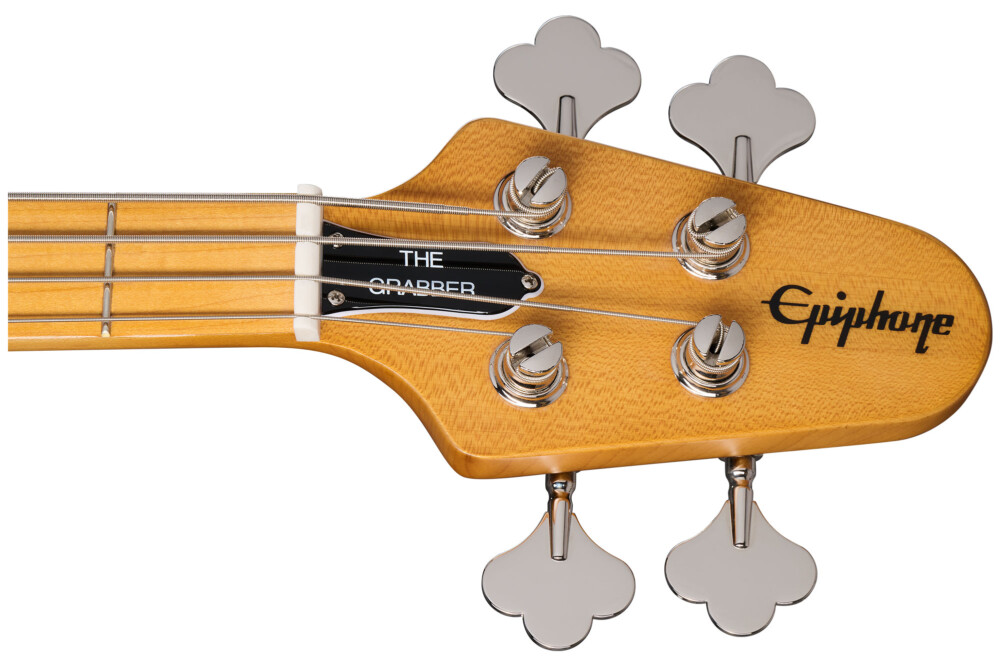
Add in your own physical technique and the sonic options soon begin to add up
I wasn't expecting miracles from the relatively simple electronics, but there’s a good range of bass sounds available from both the tone control and the coil-splitting toggle switch.
Some may view this setup as rather limiting, and maybe the Grabber won’t make for a great studio bass when it comes to versatility, but having one or two really good sounds will be more than enough to win over bassists looking for a more traditional voice.
Add in your own physical technique and the sonic options soon begin to add up. This works to your advantage when you bring in some overdrive; the Grabber works especially well with some vintage-style crunch.
Verdict
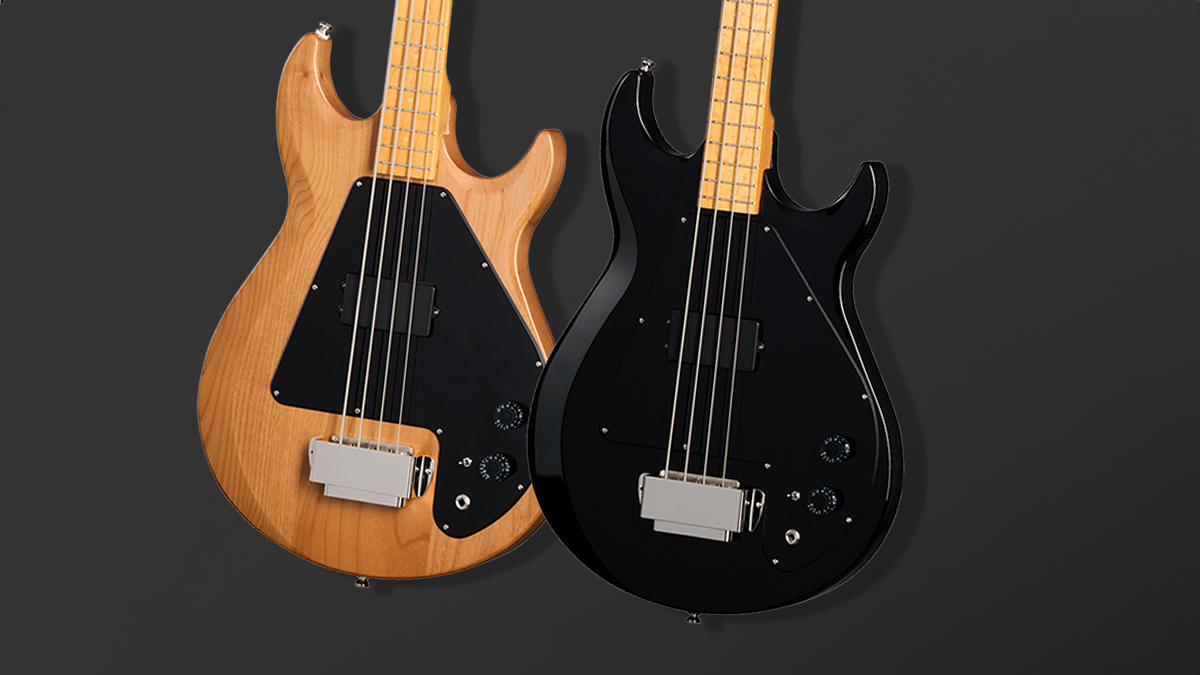
Despite the ‘spin off’ status of the Epiphone range, this isn’t a downmarket beginner axe, though it must be said that it isn’t priced to compete with entry-level fare.
I may have wished for a little more harmonic complexity and depth, but don’t be fooled into thinking it can’t cut it in a live environment
I may have wished for a little more harmonic complexity and depth, but don’t be fooled into thinking it can’t cut it in a live environment. Similarly, I could scrutinize the vintage accuracy of every component, but that would be missing the point.
Given the budget-friendly price tag compared to original Gibson models on the vintage market, the Epiphone Grabber is well-built, and aside from it being a little neck heavy, very enjoyable to play.
Specs
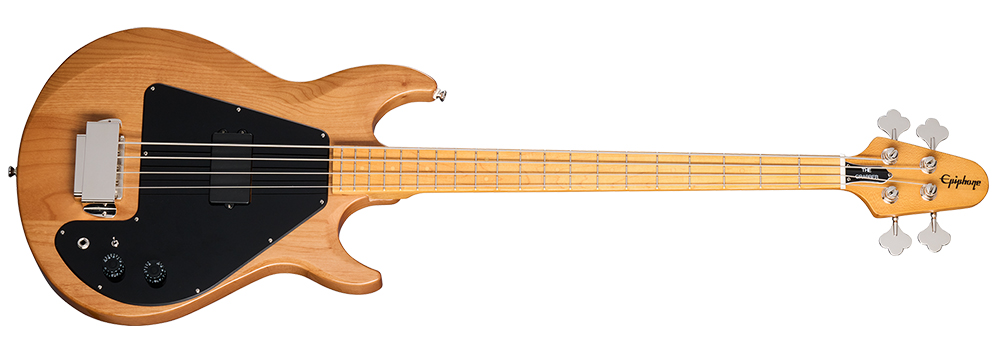
Price: $999 / £929
Type: 4-string solid body bass guitar
Body: 3-piece alder
Neck: 3-piece maple
Fingerboard: maple
Nut/Width: Bone/41 mm
Scale Length: 34" (86.36cm)
Frets: 20
Pickup: 1 x Epiphone humbucker
Controls: Master volume, tone, mini switch for coil split
Hardware: Epiphone bridge with nickel cover, die-cast tuners
Finishes: Natural (as reviewed), Ebony
Case: Gig bag included
Contact: Epiphone
Hands-on videos
American Musical Supply
Riffs, Bears & Gear

Nick Wells was the Editor of Bass Guitar magazine from 2009 to 2011, before making strides into the world of Artist Relations with Sheldon Dingwall and Dingwall Guitars. He's also the producer of bass-centric documentaries, Walking the Changes and Beneath the Bassline, as well as Production Manager and Artist Liaison for ScottsBassLessons. In his free time, you'll find him jumping around his bedroom to Kool & The Gang while hammering the life out of his P-Bass.
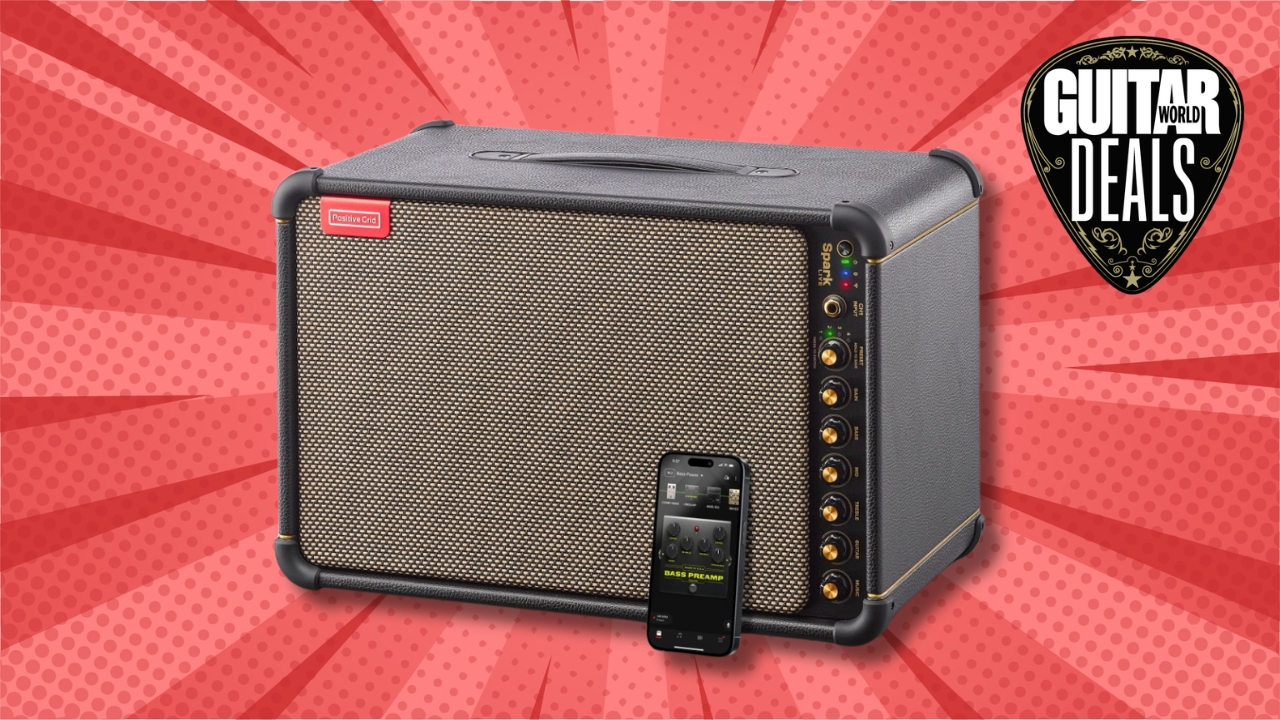
"I never use my tube amp at home now, because I have a Spark Live": 5 reasons you should be picking up the Positive Grid Spark Live in the massive Guitar Month sale

“The ‘Destruct’ button really sets it apart from just about any other Tele”: Fender and Mike Campbell recreate the Red Dog – The Heartbreaker’s heavily modded 1972 Telecaster, which he played with Tom Petty and Fleetwood Mac

“What’s going through our mind is ‘What the…?’ And if you see Bob’s face, you could see he’s thinking the same thing”: When Bob Dylan played with an LA punk band to promote the album he made with Mark Knopfler
